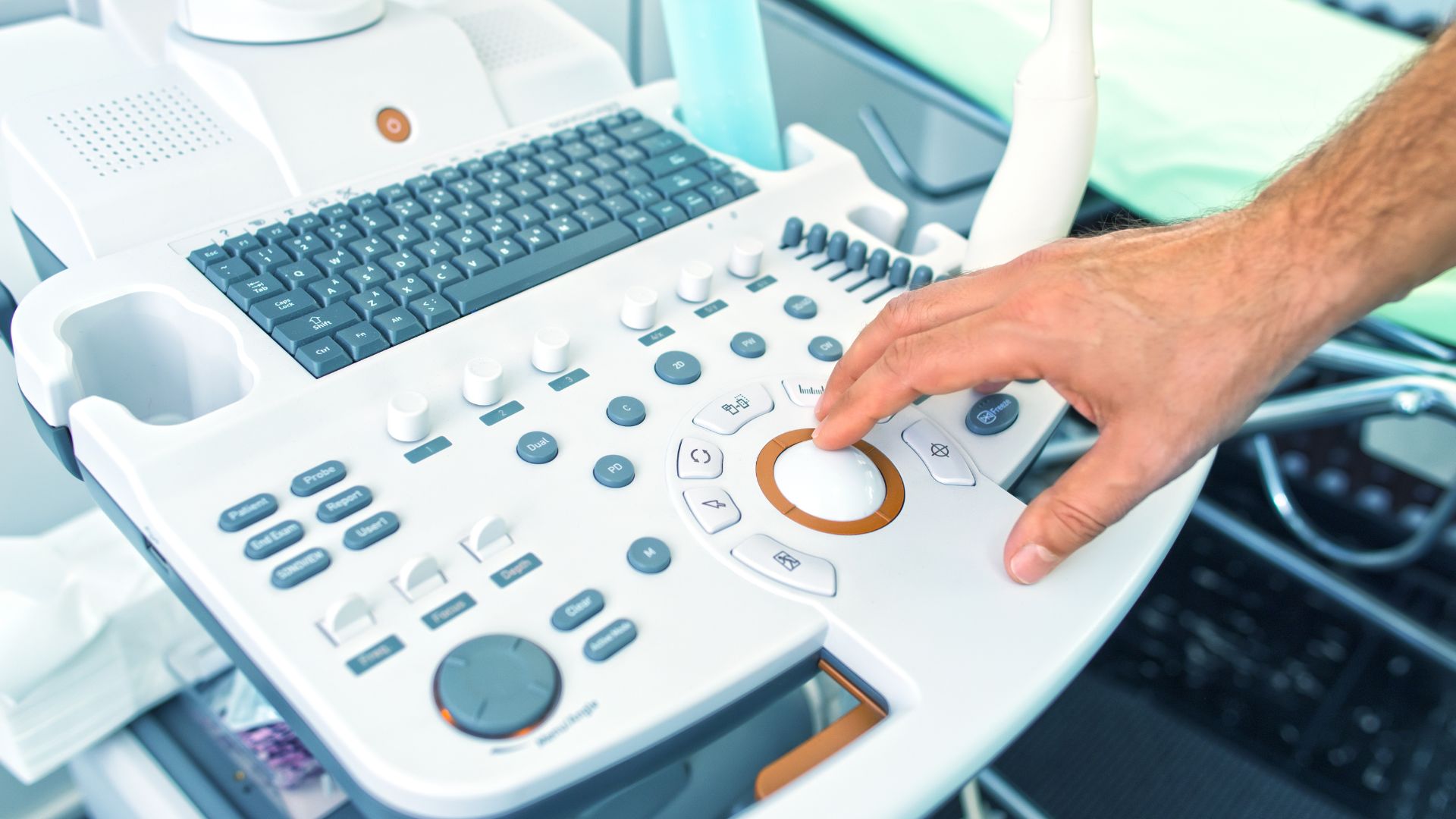Resource management within medical device organizations is no longer confined to manufacturing efficiency or operational budgeting. In today’s regulatory landscape—defined by stringent compliance requirements, increasing postmarket obligations, and global harmonization pressures—resource management must also extend across regulatory affairs, clinical strategy, risk management, labeling, submissions, vigilance, and postmarket surveillance.
This article reframes resource management through the lens of regulatory operations (RegOps), examining how human capital, infrastructure, technology, and budget must be aligned to sustain compliance, manage workload complexity, support audit readiness, and future-proof regulatory systems. Drawing from ISO 13485:2016, 21 CFR Part 820, EU MDR, and emerging best practices in global device oversight, we present a deep dive into how organizations can build and manage regulatory resources with intent, strategy, and resilience.
Regulatory Context for Resourcing Expectations
Both ISO 13485 and national regulations require that organizations allocate adequate resources to ensure that compliance-critical activities are planned, implemented, controlled, and improved. In ISO 13485 Clause 6, “Resource Management” encompasses not only infrastructure and training, but also competence in regulatory tasks such as dossier preparation, labeling control, vigilance reporting, and technical file maintenance.
The FDA’s 21 CFR Part 820 and upcoming QMSR updates require documented evidence that qualified personnel are available and that they receive continuous training on evolving regulatory requirements. EU MDR and IVDR go a step further, imposing specific responsibilities on designated persons responsible for regulatory compliance (PRRCs), clinical evaluation authors, PMS coordinators, and those tasked with UDI and EUDAMED responsibilities.
Human Resources in Regulatory Operations
A well-functioning regulatory operation demands more than a lean RA headcount. It requires a team that is strategically organized, cross-trained, and capable of managing overlapping, often simultaneous, obligations. Core roles include:
- Regulatory Affairs Specialists: Responsible for assembling and maintaining regulatory submissions across jurisdictions.
- Labeling and UDI Coordinators: Managing country-specific labels, translations, and device registration data.
- Vigilance and Postmarket Experts: Monitoring safety data, managing adverse event reporting, and supporting periodic reporting (PSUR, PMCF).
- Clinical and CER Writers: Interpreting clinical data, generating compliant clinical evaluation and performance evaluation reports.
- Regulatory Intelligence Analysts: Tracking global regulatory changes and ensuring alignment with new requirements.
To maintain performance across these roles, organizations must document job-specific competencies, define training pathways, evaluate effectiveness through performance metrics, and cross-train to mitigate resourcing gaps during surges in activity or attrition.
Workload Management and Submission Readiness
Submission schedules are rarely linear. Launching a product in multiple markets, updating EU MDR technical files, maintaining U.S. 510(k)s, and preparing MDSAP documentation often occur simultaneously. Resource planning must account for:
- Cyclical and non-cyclical peaks in submission activity
- Cross-functional dependencies between RA, clinical, and quality teams
- Lead times for review, translation, and Notified Body or FDA response
RegOps leaders should maintain rolling submission calendars, heat maps of capacity utilization, and buffers for unplanned activities such as regulatory queries, field actions, or new guidance adoption.
Technology and Infrastructure for Regulatory Execution
Regulatory information is increasingly digital, structured, and expected to be retrievable in real time. To support regulatory operations, organizations must invest in:
- Regulatory Information Management Systems (RIMS): For tracking registrations, certificates, dossier versions, and regulatory milestones.
- Document Management Systems (DMS): For version-controlled SOPs, CERs, IFUs, PMS Plans, and audit trails.
- Electronic Submissions Gateways: For FDA eSTAR, Health Canada eRPS, and EU Dossier exchange.
- UDI and Labeling Platforms: To maintain global device identifiers and label variants across multiple markets.
Infrastructure must support structured data management, real-time reporting, and secure collaboration between internal teams and external stakeholders such as consultants, CROs, or Notified Bodies.
Budgeting and Strategic Resource Allocation
Resource planning in regulatory operations cannot be ad hoc. It must be aligned with business roadmaps, R&D forecasts, and market expansion strategies. Strategic planning should address:
- Headcount modeling for global launch and lifecycle management
- Contingency funds for unexpected submissions or urgent field corrections
- Investment in regulatory consulting or dossier remediation support
- Vendor capacity for translation, toxicology analysis, and clinical strategy
Budgeting cycles should include a review of regulatory KPIs (e.g., submission timeliness, backlog clearance) and assess the ROI of technology investments in submission automation, regulatory intelligence, or compliance analytics.
Performance Metrics and Continuous Improvement
Measuring resource effectiveness in regulatory operations involves both quantitative and qualitative indicators. Metrics should include:
- On-time submission and approval rates
- Cycle times for labeling review and CER generation
- Resource utilization across projects and roles
- Training completion and requalification timeliness
- Feedback from audits and agency queries
These insights should inform hiring plans, workflow redesigns, and capability-building initiatives. In high-performing organizations, regulatory capacity is reviewed not only for adequacy, but for efficiency, agility, and resilience.
Regulatory Readiness for Global Expansion
As medical device companies grow, regulatory operations must be capable of supporting global expansion without compromising compliance. This means anticipating requirements from markets such as Brazil (ANVISA), China (NMPA), India (CDSCO), and Australia (TGA), each of which imposes unique submission, labeling, and postmarket expectations. Proactive resource planning includes assigning regional regulatory leads, ensuring multilingual capabilities, and maintaining a database of country-specific regulatory pathways, timelines, and dossier formats.
Firms expanding globally should develop a global regulatory strategy roadmap that maps products to intended markets, anticipated approvals, and lifecycle resource requirements. Internal dashboards and regulatory intelligence platforms can be used to monitor changing requirements and manage workload.
Establishing regional regulatory centers of excellence or leveraging local consultants may also be necessary to meet language, cultural, and jurisdictional nuances while preserving core quality and compliance standards.
Building Regulatory Capacity for the Future
As regulatory frameworks expand in scope and complexity, the burden on regulatory operations grows—not just in volume, but in specialization, technology fluency, and strategic integration. Resourcing must evolve accordingly. Medical device organizations must move from reactive staffing to intentional capacity planning, from isolated systems to integrated regulatory platforms, and from transactional processes to proactive regulatory leadership.
Resource management in regulatory operations is not just about assigning tasks—it is about building a robust infrastructure that allows teams to keep pace with global requirements, respond to change, and drive successful compliance outcomes across every market and lifecycle stage.








